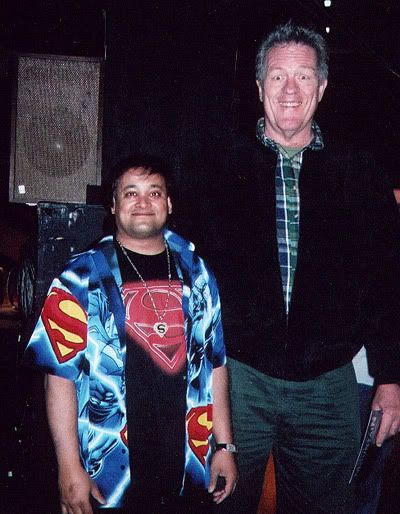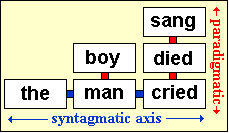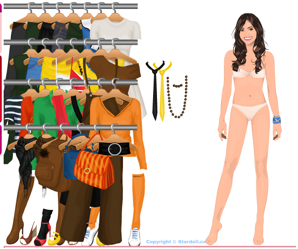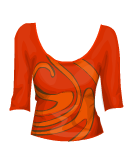What are signs?
As we said earlier, signs are all around us. This is exactly why we chose to do an educational film on the Semiotic Theory. The presence of signs in the typical Ateneo college student’s life is astounding. We are no longer blank canvases, and are instead partly-molded sculptures. With this being said, we are still vulnerable and open to change, be it in our views, values, or opinions. The way we interpret signs and give meaning to them is a reflection of how molded and influenced our belief and value systems are.
It is important, however, to stress that signs are not confined to the likes of billboards or the picture of a girl posted on the door of a ladies bathroom. Photographs, artwork, and sculptures are also visual signs. Many may be amazed to find out that sounds, body language, facial expressions, and words are also signs!
Signs have two parts: the signifier and the signified. According to linguist Ferdinand de Saussure, the signifier is the form which the sign takes, while the signified is the concept it represents, with the sign being the product of the association of the two. These are tackled further in the video along with a very Atenean-inspired example.
Denotations and Connotations
We have all heard the saying, “A picture is worth a thousand words.” This mainly meant that the artist or photographer could capture a thousand things that he wanted to say to the audience. Well then, a sign is worth a million words! That’s because each person sees a sign differently and therefore is able to give his or her own meaning to it. The authority is no longer in the hands of the source of the sign but is instead in the perception of the audience.

Denotation is the literal meaning of a sign. For us Communication majors, we are used to studying certain advertisements and commercials. Signs are all advertisements in the sense that they are all selling something. Yes, even the little stick figure of a girl on the door of the ladies bathroom is a salesperson. That sign is selling the thought “Come inside if you’re a girl.” Now the denotation is the flat out message as to what the sign is selling you. It is the straight to the point meaning that we get right away when we see the sign.
Connotation requires reading between the lines. Now, does that little stick figure really want us to just go inside if we’re girls, or does she stand for feminism? Or perhaps the idea that females are better than males? Why is she in a dress, can’t women wear jeans?
In our video, we further illustrated denotation and connotation by tackling the idea of branding. We chose two popular brands: Starbucks and Louis Vuitton and went around the campus asking random students on their thoughts on these. Denotatively, Louis Vuitton and Starbucks are selling bags and apparel, and coffee respectively. However, on a connotative level, both brands are selling the lifestyle, status, and sophistication that comes with buying their product. Connotatively, certain brands have certain lifestyles attached to them and people think that by buying their products, they too can attain the luxurious lifestyles that they strive to achieve.
We also played this game we called the Name Game. We made a list of names of some friends we know, read the names to random people walking around on campus, and asked them for their impressions of these people without seeing them at all! Their names were their only basis for judgment. We wanted to show how a name is like a brand for people. Certain names already give off a particular impression, be it of their physical attributes or their attitudes. The media has also influenced our thinking in this aspect. Denotatively, names like Teeny, Shorty, or Biggie clearly give out the impression that one is either small, short, or big. The late rapper Notorious B.I.G., nicknamed, “Biggie”, does uphold the impression given by his name. However, there is also Tiny Ron, the actor Star Trek who was once a professional basketball player and was 7 feet tall.

Notorious B.I.G., "Biggie"

Tiny Ron(right)
Some names also give off certain impressions on a connotative level. Though not literally or understood right away, certain names give impressions because of the stereotype attached to them due to their use in the media. For example, characters who are heavy-set are often called Bertha, Lotta, or Betsy. Also, how many rich and powerful socialites have we seen on The O.C. named Corazon or Mai Ling? Not too many. Some names are also androgynous, which means that they can be for both boys and girls. Despite this category, when most people hear names such as Joey or Andy, one usually has the connotation that the person is a guy because of their past experiences of perhaps knowing more men who are named Joey or Andy. Watch the video to see what people thought when they heard the names Chabeli, Giovanna, Maiki, Al, Jo, Ruben, and Quino.
Semiotics for Beginners. Daniel Chandler. Semiotics for Beginners: Introduction. 28 September 2008.
http://www.aber.ac.uk/media/Documents/S4B/sem01.html










